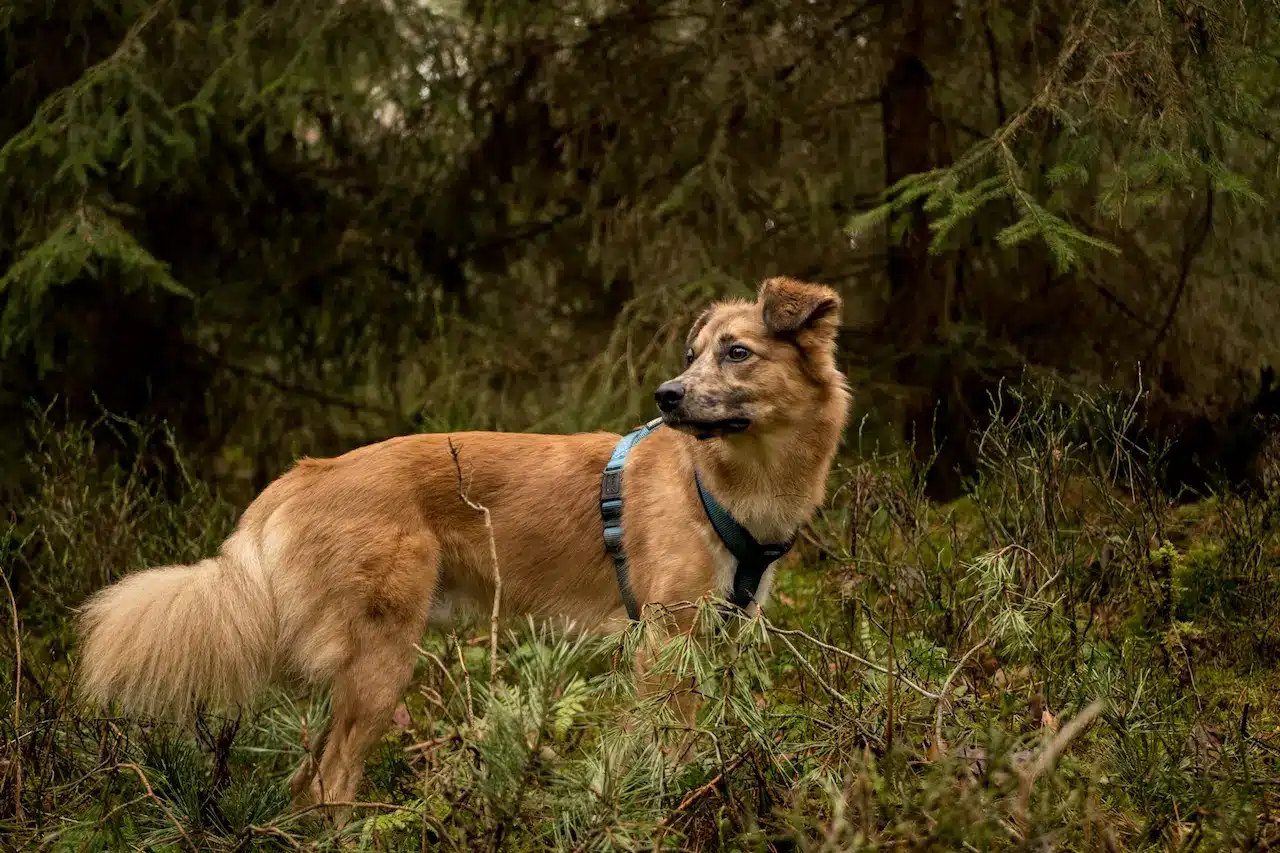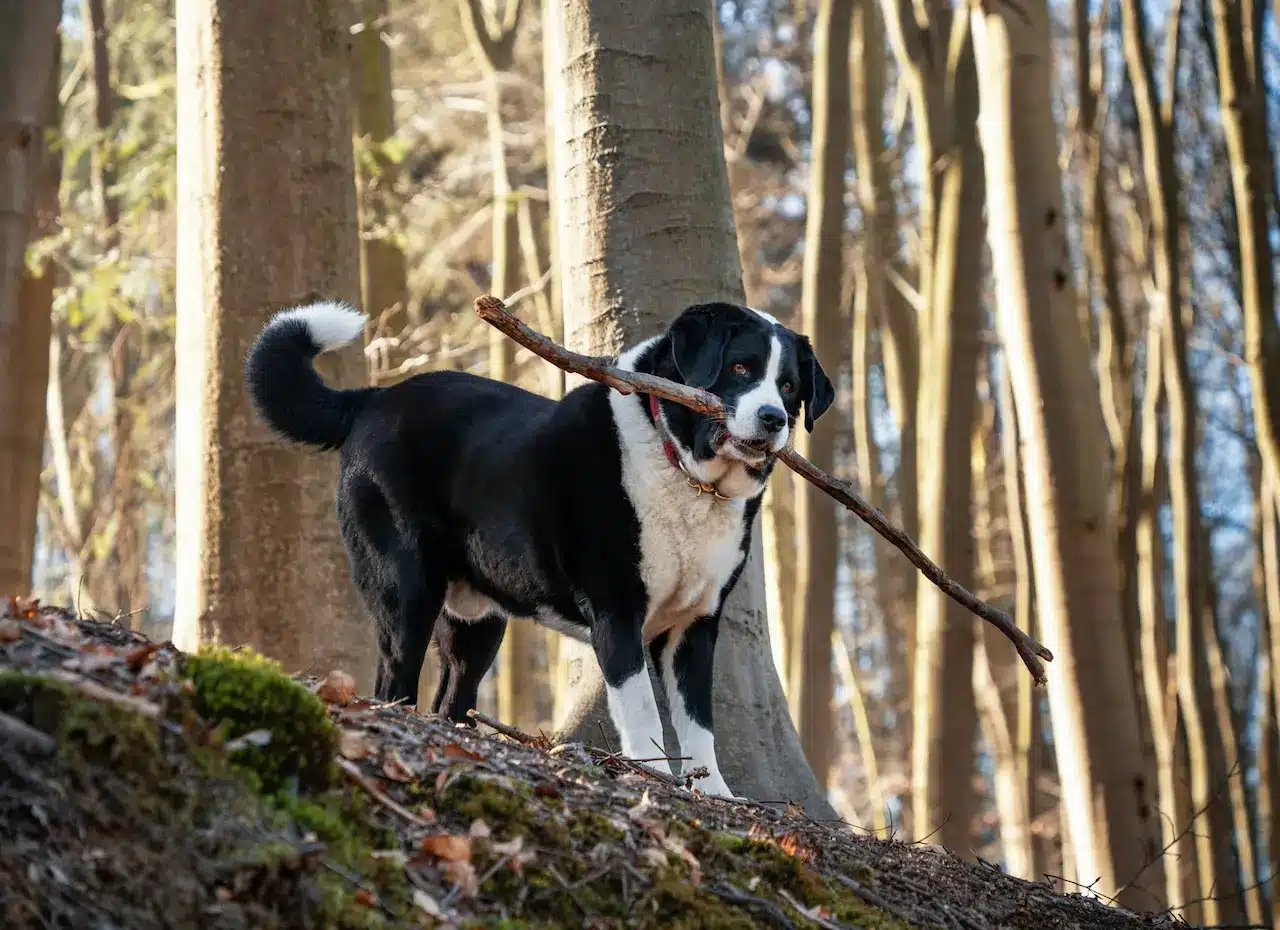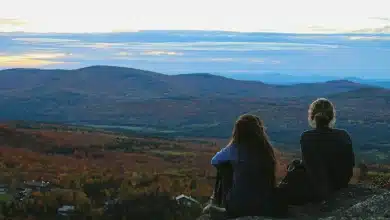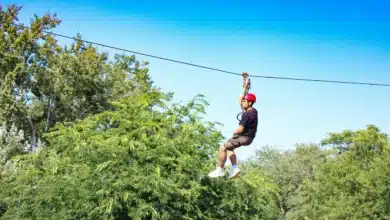How Forest Play Can Teach Your Dog Better Greetings
Redirecting Energy Outdoors: How Forest Play Can Teach Your Dog Better Greetings
Dogs have a special way of saying hello—usually with airborne paws, flying tongues, and an Olympic-level leap into your personal space. It might be endearing to strangers once or twice, but when muddy paw prints end up on someone’s chest? Not so charming.
If your dog greets people like they’ve just returned from war (even if they only stepped outside to grab the post), it might be time for a change. Turns out, wide open spaces don’t just offer pretty views—they can help your dog learn some manners.
From Chaos to Calm: Why Dogs Jump and How the Outdoors Can Help
Jumping is a combination of unreleased energy and enthusiasm. Dogs simply use their entire body to say “hi” without attempting to be impolite. However, a hello accompanied by dirt and claws can be more stressful.
That’s where forest play enters the picture. A long, satisfying romp through nature lets your dog release steam in the best possible way. Chasing scents, climbing over logs, and navigating uneven terrain all challenge both body and mind.
When combined with consistent training, outdoor play can help reduce overstimulation and reinforce calmer introductions —a key strategy in understanding how to stop your dog from jumping on people.
It’s not about running them into exhaustion. It’s about balance. It’s physical activity paired with real-time practice of self-control.

What Forest Play Teaches That Leash Walks Don’t
A neighborhood walk is pleasant. Predictable. Controlled. However, it can also be boring for your dog.
In contrast, forest environments serve as a living classroom. Twigs snap, birds dart overhead, and new smells pop up every few feet. Your dog has to tune in, stay aware, and self-regulate, all while off-leash or on a long lead. That’s advanced learning disguised as play.
This kind of varied stimulation does more than wear them out. It makes dogs calmer around people by teaching them to remain calm in the face of distractions. Think of it as mental agility training without cones or a clicker.
Socialization in the Woods: Learning Manners the Natural Way
Greetings in the forest take place according to your dog’s preferences, which is advantageous. Opportunities for your dog to exercise self-control include off-lead dogs, hikers, and children on bikes. In contrast to busy dog parks, forests permit a cautious approach, a retreat if necessary, and observation before response. Having such a choice leads to more satisfying social interactions.
Dogs who get these low-pressure introductions tend to carry that calm into other environments. Greeting a guest at home becomes less of a full-body tackle and more of a curious sniff and a wag. The environment for trial and error is more favorable in the woods.
Tips to Make Forest Play Work for Your Dog
Before you sprint into the trees, a few pointers:
- If your dog’s recall is unpredictable, use a long lead until trust is built.
- Avoid overpowering them at the beginning by visiting during slower times.
- Carry high-value treats to reward calm behavior around people or dogs.
- Let them sniff and explore, but call them back occasionally to practice focus.
And yes, even forest fun has rules. Redirect your dog calmly if they jump during a welcome, and give them a treat when all four paws remain on the ground. Consider the forest, with its muddy paws and birdsong, as both a training ground and a playground.

Conclusion: A Greener Way to Improve Conduct
Dogs don’t need punishment to learn better greetings. They need outlets. They need guidance. And they literally need space.
Forest play won’t fix everything overnight, but it builds the foundation for better behavior. With each stick chased and path explored, your dog learns patience, focus, and calm.
Turns out, the forest doesn’t just change the scenery. It can change your dog, too.




